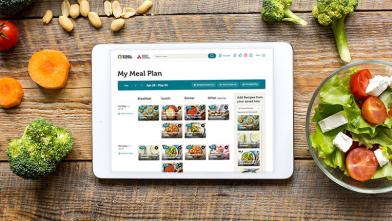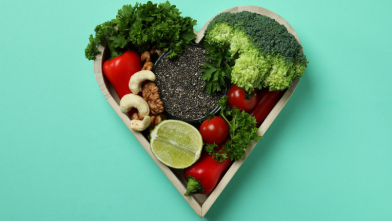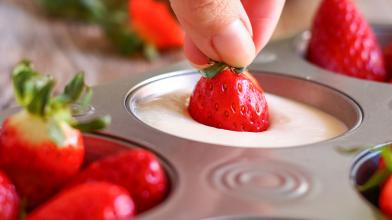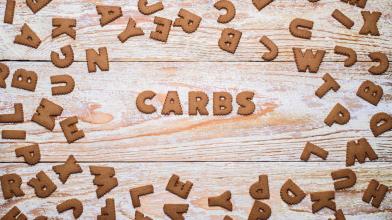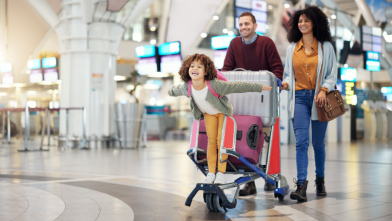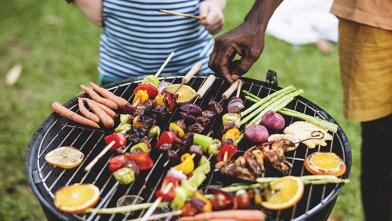Why Cook Dried Beans?
There’s no question that beans provide health benefits. They are a good source of plant-based protein, fiber, potassium, magnesium, folate, iron, and zinc which makes beans a great choice for people with diabetes—not to mention they are heart healthy and delicious!
Due to their protein and fiber content, meals with beans have been shown to raise blood glucose (blood sugar) more slowly after a meal and lower total cholesterol levels.
While canned beans are a popular choice, dried beans may be a better option for your lifestyle, wallet, and pantry.
Why choose dried beans over canned beans?
Dried beans can cost less and often have a better taste and texture than canned beans. If you choose canned beans, look for “low sodium” or “no added salt” options, or rinse them before you use them to lower the sodium content.
How to Prepare Dried Beans
Preparing dried beans is simple and takes a few steps. First, sort through the beans to take out any little stones or wrinkled beans, then rinse them in a strainer to remove dirt.
To soak or not to soak?
It’s up to you. Soaking reduces the cooking time (but makes prep take longer), creates plumper cooked beans, and gives you a flavored liquid in which to cook the beans. You can soak them for a few hours or overnight. If you don’t soak them, you can start cooking them right away.
How do you cook dried beans?
For simple plain beans, put them in a pot and cover with water by a few inches. Bring to a boil, then lower the heat to a gentle simmer to keep the beans from falling apart. You can try adding spices and herbs while they cook to allow them to add flavor.
When are they done?
Because beans vary in age, size, and soaking them changes the cooking time, the best way to know when they’re done is to try them to be sure when you think they’re cooked. Are they going into a salad or soup? Take them off the heat before they get too soft, so they don’t fall apart when you mix them in. If they’re going into a dip, let them cook until soft and tender.
Ways to Eat and Use Cooked Beans
Beans are a versatile ingredient. You can add them to a salad, soup, chili, or stew. Use can also use them for spreads and dips like hummus.
Try mixing other vegetables and herbs with your beans like bell pepper, onion, and cilantro for a black bean and corn salad. Add them to a chili for added protein, fiber, and to make a hearty meal like this easy beef chili. Or crisp garbanzo beans in the oven or air fryer for a healthy snack like these Roasted BBQ Chickpeas.
Looking for other ways to use your freshly cooked beans? Swap out the canned beans in the recipes below with the fresh beans you have cooked.
Whichever way you choose to use beans in a recipe, consider trying your favorite spices and herbs to create beans with the flavors you enjoy. You can also make a large batch of beans and freeze them.
Remember, beans are both a protein and carbohydrate food when you’re meal planning. If you’re making a bean dish and using the Diabetes Plate to plan a meal, they belong in both the protein and carbohydrate sections. Monitor your blood glucose levels before eating and two hours after to see how your blood glucose levels trend after eating according to the amounts of beans consumed. Work with your registered dietitian nutritionist or certified diabetes care and education specialist.
Sign up for the Diabetes Food Hub e-newsletter today to get more recipes and other nutrition-related tips delivered to your inbox every month.








